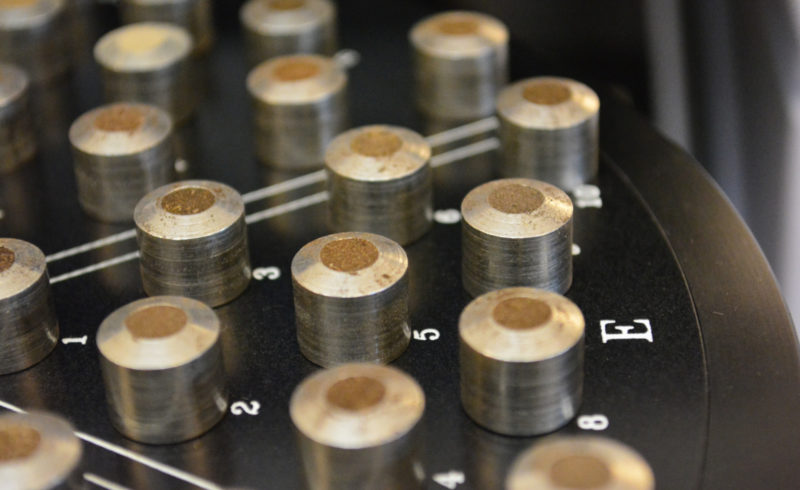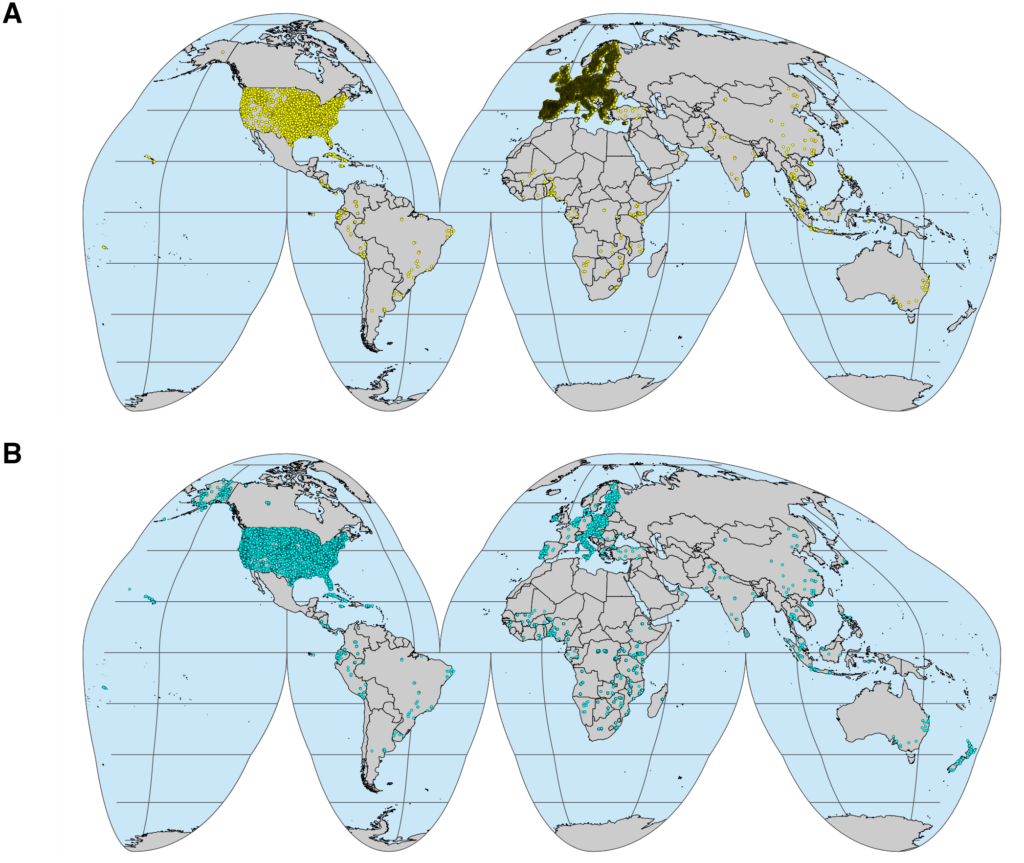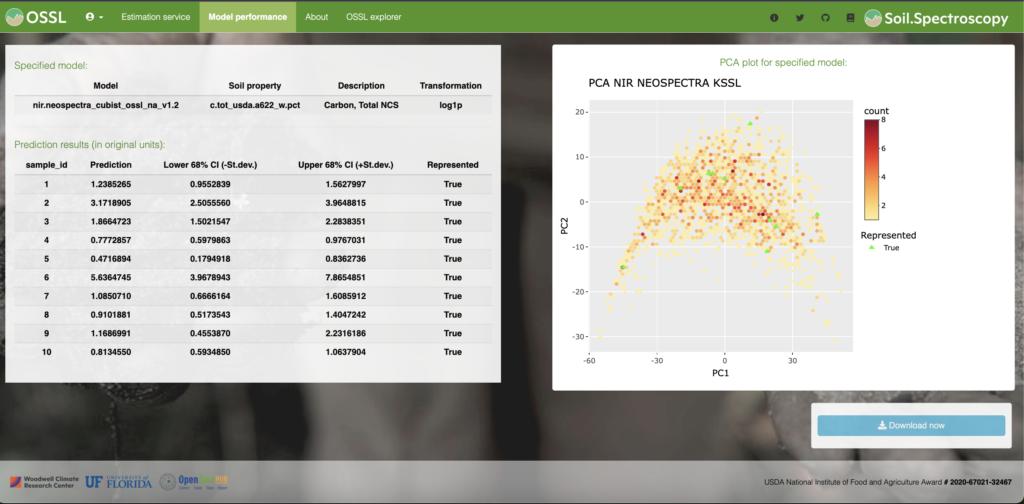I’m excited to announce that the US Department of Agriculture’s granting body, the National Institute of Food and Agriculture (NIFA), has selected our Food and Agriculture Cyberinformatics Tools Coordinated Innovation Network (FACT CIN) proposal “Soil Spectroscopy for the Global Good” for funding (award no. 2020-67021-32467). Many individuals contributed to the proposal development and provided greatly appreciated letters of support.
Soil spectroscopy is rapidly evolving into a global community. Research teams continue publishing excellent papers working with large spectral libraries. There are also active volunteer working groups on the topic: the GLOSOLAN spectroscopy working group and the IEEE spectroscopy standards working group. While there is clear overlap and some shared goals, the FACT CIN SoilSpec4GG project is a distinct entity from these two groups. We will collaborate with, contribute to, and utilize products from these two groups.
The goal of the SoilSpec4GG project is to greatly increase the availability of high quality soil data. To achieve this goal, we will: 1) accelerate the pace of scientific discovery in soil spectroscopy by facilitating and supporting a collaborative network of researchers; and 2) develop an advanced yet intuitive, open source, web-hosted platform to predict various soil properties from infrared spectra collected on any spectrometer, anywhere in the world.
SoilSpec4GG will provide travel support for a series of in-person workshops (unfortunately, we will have to start with virtual meetings due to the current global pandemic), participant support for inter-laboratory comparisons and technical expertise to implement ideas coming out of those workshops. A series of working groups will be formed to address topics including calibration transfer, model choice, outreach & demonstration, and use of spectroscopy to inform global carbon cycle modeling. With dedicated funding and ample scientific and technical support, SoilSpec4GG will move quickly producing multiple products and publications.
Clear expectations of scientific fairness and openness will be required of all participants. The CIN will develop a code of conduct that all members will agree to. A jointly signed statement on intellectual property will also be developed at the conception of the CIN. All software development will adhere to the three principles of open data: open access, open data format and open license. As the CIN will not own the spectral data, we will work with the various database providers to allow for the least restrictive reuse of these data. We envision a series of scientific publications documenting CIN developments, as such a co-authorship policy will also be developed that ensures the opportunity of co-authorship for all active network members.
If you would like to join this collaborative effort and receive updates, please fill out this google form. Joining the network is not a commitment to active participation. Further solicitations will ask for active participants in specific network activities.
Feel free to reach out to me directly with any questions and visit this website for updates.






